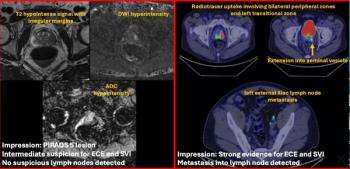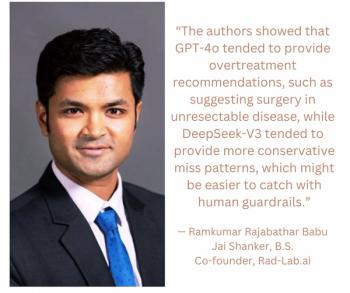
PACS simulation alleviates stress
One vital component frequently overlooked when developing high-performance computer systems is stress testing.A paper presented at the recent RSNA meeting described PACS Proving Ground, a suite of three tools intended to model and simulate a PACS. The
One vital component frequently overlooked when developing high-performance computer systems is stress testing.
A paper presented at the recent RSNA meeting described PACS Proving Ground, a suite of three tools intended to model and simulate a PACS. The tools test conditions in a real environment, then monitor and trend the results.
"The goal is to provide a highly accelerated stress testing (HAST) environment to be used to compress the development cycle of products," said Paul Nagy, Ph.D., director of the Radiology Informatics Lab at the Medical College of Wisconsin and the editor of ClubPACS, a Web-based source of PACS information.
This suite can also be used clinically as part of acceptance testing or capacity planning, he said.
Nagy's Proving Ground emulates a PACS and puts systems to the test to see if they can deliver consistent performance under high loading levels.
The Proving Ground has three components:
? a simulations environment that outputs a script of usage events emulating realistic usage
? a component that conducts the actual testing using an XML-RPC architecture (a protocol that uses XML to implement remote procedure calls) for distributing and coordinating event execution
? a monitoring and reporting tool that logs the holistic health of the system
System resources as well as user-centric metrics such as image retrieval delay and image throughput are captured and analyzed to determine any performance bottlenecks.
The three tools are used by three servers running the event scripts on an isolated gigabit network. The system emulates peak loading levels from 100,000 exams per year up to 1.5 million exams per year, in 200,000 step increments.
"The three tools provided a streamlined feedback loop for understanding performance and scalability issues with PACS," Nagy said.
HAST tools are used in many engineering industries to help ensure the product can meet user expectations when deployed in the field.
"It can also be used as a 'consumer report' to benchmark and compare different PACS solutions," Nagy said.
Newsletter
Stay at the forefront of radiology with the Diagnostic Imaging newsletter, delivering the latest news, clinical insights, and imaging advancements for today’s radiologists.




























